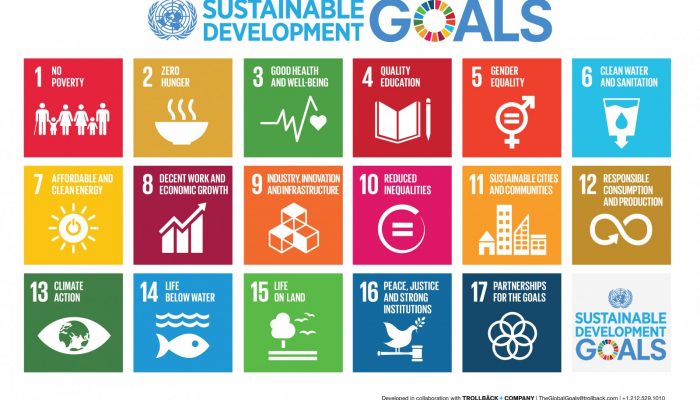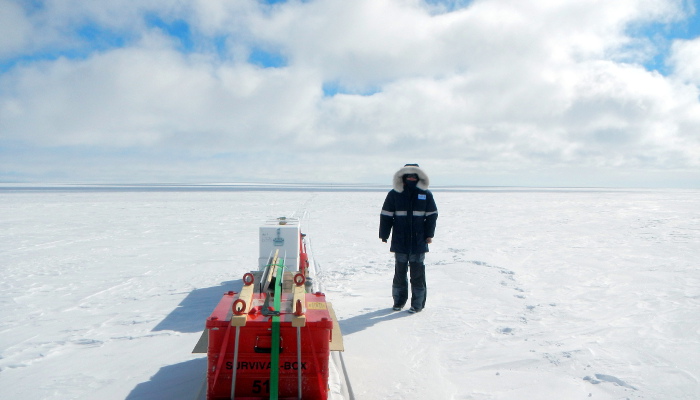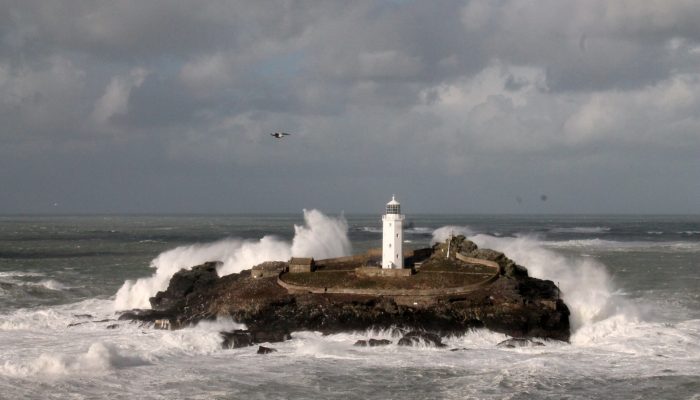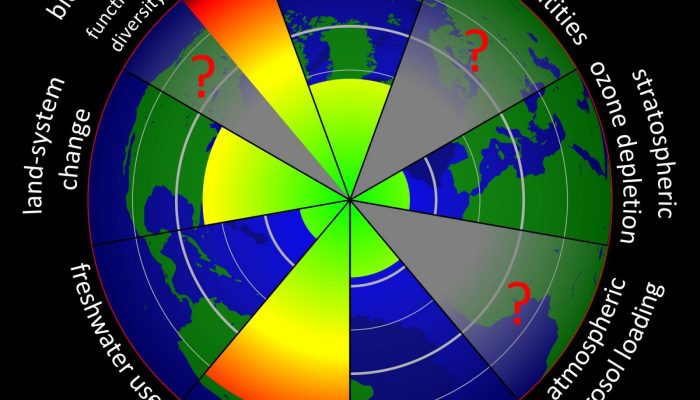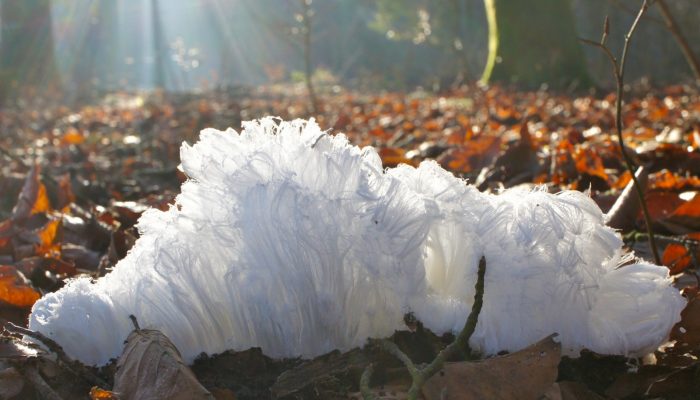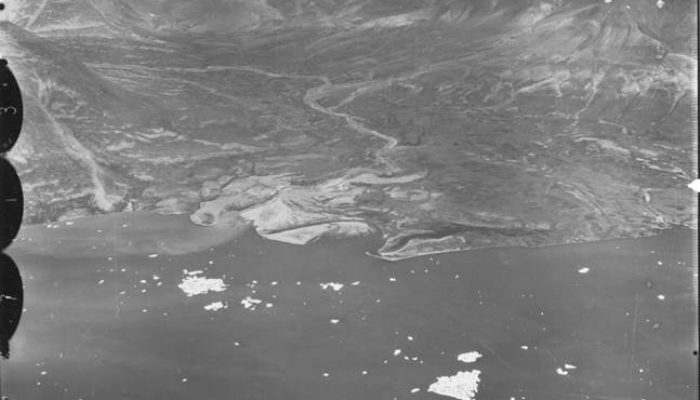– written by Solmaz Mohadjer – Does contaminated soil make your bones go soft? What if you are told to stop growing vegetables in your garden because the soil is too toxic? What if farmers refuse to produce nutritionally valuable crops because of risk of massive floods? What would you do if you are forced to leave your farm due to fear of floods? Surprisingly, these are the kinds of q ...[Read More]
If you didn't find what you was looking for try searching again.
Cryospheric Sciences
An Antarctic Road Trip
Working in the Arctic and Antarctic presents its own challenges. It is perhaps easy to imagine how a station situated close to the coast is resupplied: during the summer, one or more ships will arrive bringing fuel, food and equipment, but what about stations inland? Flying in supplies by aircraft is expensive and, in the case of large quantities of fuel, unsustainable. Besides, many stations are ...[Read More]
GeoLog
Imaggeo on Mondays: The British Winter Storms
This week’s imaggeo on Monday’s photography is Godrevy Lighthouse in North Cornwall (UK) experiencing the full force of the 2013/14 British Winter Storms which caused damage across the south west of the country. During mid-December 2013 to mid-February 2014 the UK was hit by six major storms bringing record precipitation, strong winds, huge waves and generating overall hazardous conditions. Despit ...[Read More]
GeoLog
Testing triggers of catastrophic climate change
The research presented during the EGU’s 2016 General Assembly have wide-reaching implications for how we understand planet Earth. In today’s post, Sara Mynott, an EGU press assistant during the conference, writes about findings presented at the meeting which highlight the importance of the biosphere when it comes to understanding the threat posed to our planet by environmental challenges. With the ...[Read More]
Cryospheric Sciences
Image of the Week – Mushrooms at zero degrees = hair ice?!
When you go down to the woods today you’re in for a big surprise….. hair ice! Did you know that there is a type of ice called hair ice? It is shaped like fine, silky hairs and looks like white candy floss. It grows on the rotten branches of broad-leaf trees during humid winter nights when the air temperature drops slightly below 0°C. A 100-year-old theory states that hair ice a ...[Read More]
Seismology
Boost the PICO sessions @ EGU GA
EGU’s Pico’s (Presenting Interactive COntent®) are awesome and a lot of fun!! But at this year’s EGU General Assembly there was no Seismology PICO lead session. How sad was this? Why would this be? Can we do anything to change this? But wait, how much do you actually know on presenting or preparing a PICO…? Right, just what we thought… Perhaps not that much. There are many benefi ...[Read More]
Biogeosciences
Coffee break biogeosciences–Urban bees found to feed on flowers
Honey bees, a highly important pollinator, have suffered a number of declines and population collapses in recent years. The growth of urban centers has contributed to a loss of foraging habitat and an introduction of new food sources. A recent study conducted across the rural-urban boundary of Raleigh, North Carolina, USA examined the feeding sources of urban and rural honey bees using δ13C measur ...[Read More]
GeoLog
GeoPolicy: What’s next for the IPCC & how can early career scientists get involved? An interview with Valérie Masson-Delmotte
This month’s GeoPolicy post is an interview with the newly-appointed co-chair of the Intergovernmental Panel on Climate Change (IPCC) Working Group 1 (WG1): Valérie Masson-Delmotte. Valérie is also a Principle Investigator at the Laboratoire des Sciences du Climat et de l’Environnement, Paris. In this interview she discusses how she balances her two roles, what the IPCC has planned over the ...[Read More]
Seismology
Meet the new ECS Reps!
At the last EGU general assembly, Matthew Agius has stepped down as main early career scientist (ECS) representative and a new team assembled around Laura Parisi has taken over! Gender equality is not maintained, instead we are very proud to announce a 4/2 women/men distribution. Let us take the opportunity to briefly introduce ourselves. We would also like this opportunity to again acknowledge th ...[Read More]
Cryospheric Sciences
Image of the Week — Historical aerial imagery of Greenland
A few month ago, we were taking you on a trip back to Antarctic fieldwork 50 years ago, today we go back to Greenland during 1930s! When geopolitics serves cryospheric sciences The Permanent Court of International Justice in The Hague awarded Danish sovereignty over Greenland in 1933 and besides geopolitical interests, Denmark had a keen interest in searching for natural resources and new opportun ...[Read More]

